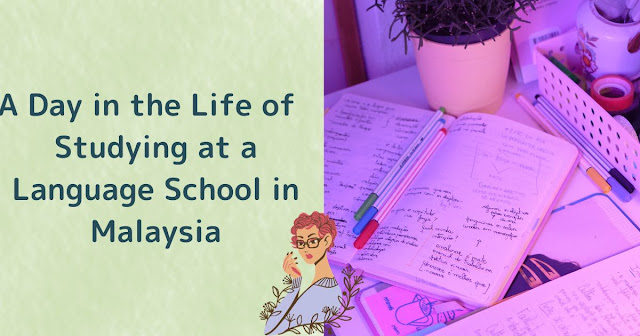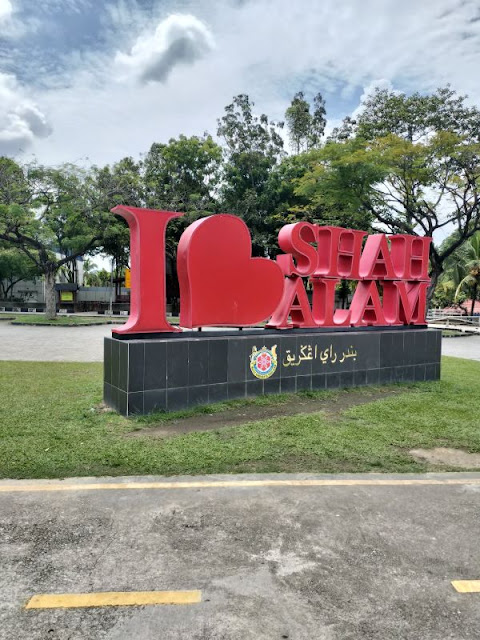Introduction to Duolingo
Duolingo, known for its catchy jingle "デュオリンゴロゴロ, デュオリンゴロゴロ~♪" from its commercials, is a popular language learning app. It offers the opportunity to learn languages from around the world for free, making it a great choice for international communication and pre-study abroad preparations.
As I've mentioned in previous articles, Duolingo focuses on simple and basic phrases, which may limit its use when it comes to more complex topics. However, it's a useful resource for acquiring the essential vocabulary needed for everyday situations, such as ordering at a restaurant.
My Duolingo Journey So Far
I've completed both the Japanese-based Chinese course and the English-based Chinese course on Duolingo. Additionally, I've reached a self-studied level of HSK3 in Chinese. You can find a detailed study method in this article.
More recently, I've started learning Indonesian, which is similar to Malay, and I can now understand a few everyday words.
Duolingo's Recent Update
However, there has been a somewhat disappointing update within Duolingo's service recently.
A while back, I introduced the "Daily Refresh" feature, which was particularly helpful for me, as I wanted to review Chinese lessons. This feature allowed you to refresh your memory on lessons. But in this recent update, there's an unfortunate change: on the PC version, you now lose "hearts" for making mistakes, just like in the app.
When using Duolingo on the PC, you used to be able to work through lessons without losing hearts, even if you made mistakes. But from now on, the PC version also follows the same system as the app, where making mistakes costs hearts. Moreover, the number of hearts appears to be synchronized between the PC and app versions.
This might slow down my learning pace a bit. Occasionally, the SuperDuolingo, which is a paid feature, becomes available for free (for reasons I don't entirely understand). It would be great if such moments occurred more often so that I could make rapid progress.
In Conclusion
The once beneficial feature of unlimited retries on the PC version appears to have been removed by this update. However, the fact that Duolingo remains a useful language learning app and service hasn't changed.
It's worth noting that there is news of Duolingo introducing learning features for mathematics and music, set to be announced during Duocon on October 11th (though the exact availability date for the Japanese version is still uncertain). So, I'm looking forward to that as well.






